Consejos para electrodomésticos
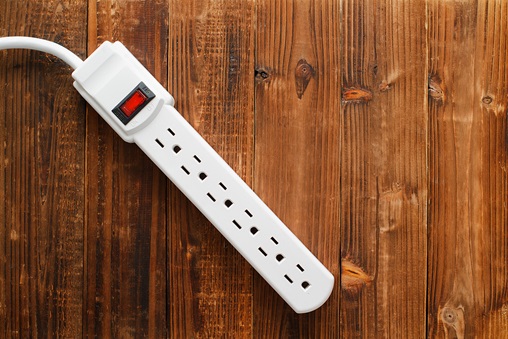
Tiras inteligentes
Use tiras inteligentes para que pueda apagar fácilmente varios electrodomésticos a la vez.
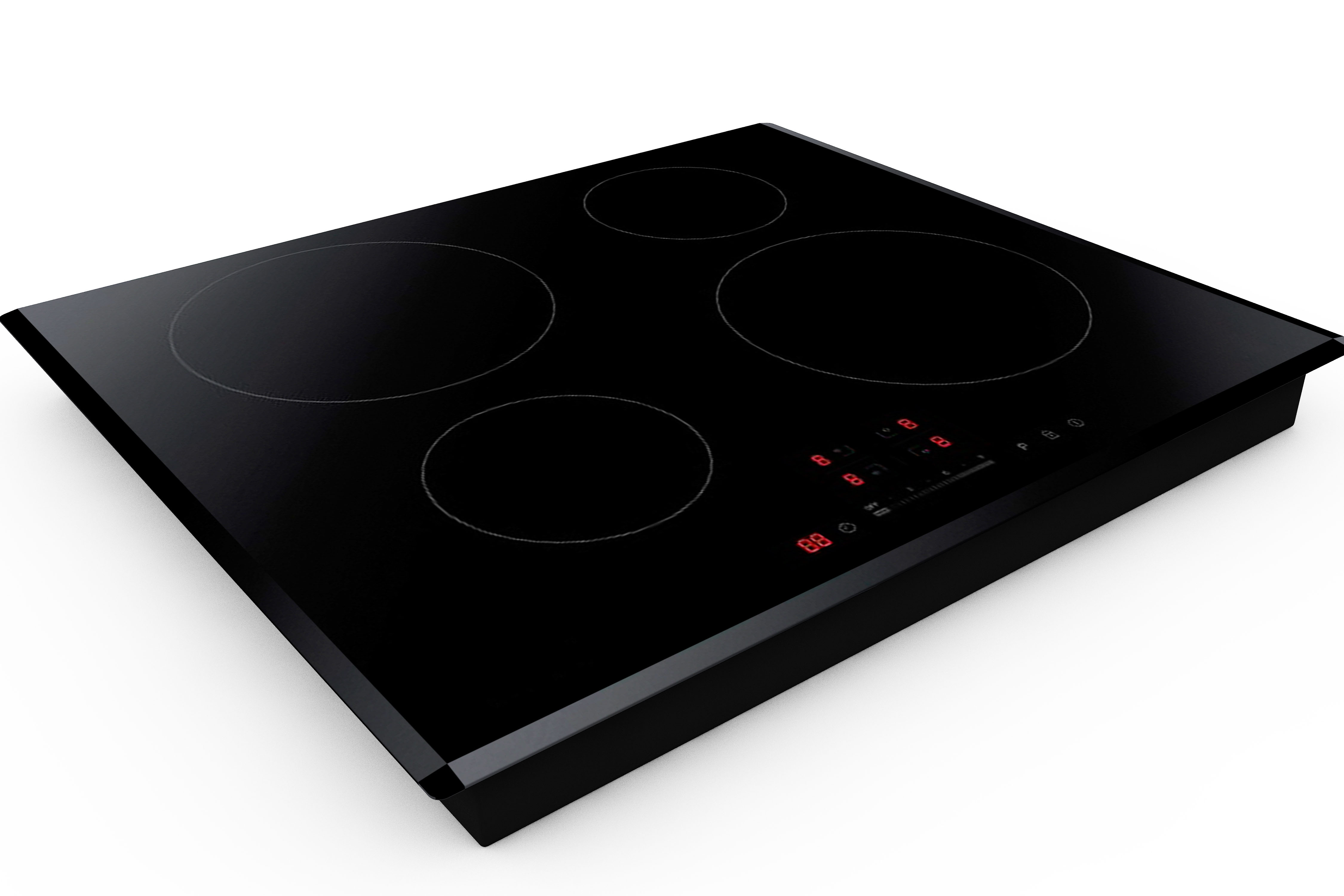
Estrella de Energía
Reemplace los electrodomésticos con un modelo Energy Star®: son hasta un 40% más eficientes que los modelos más antiguos. Hay reembolsos y financiamiento disponibles.
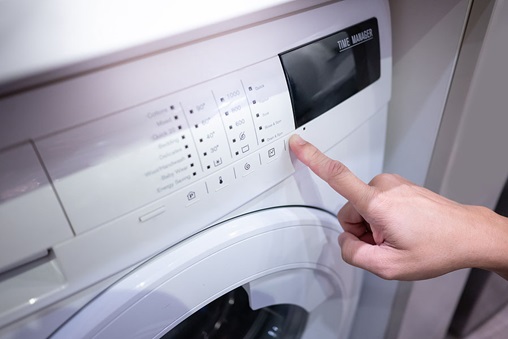
Lavandería
Lave cargas completas de ropa siempre que sea posible y cambie el ajuste de temperatura de caliente a tibia para reducir el uso de energía a la mitad para una sola carga. El uso del ciclo con agua fría puede reducir aún más el consumo de energía. Alrededor del 90 % de la energía que se consume para lavar la ropa se emplea para calentar el agua.
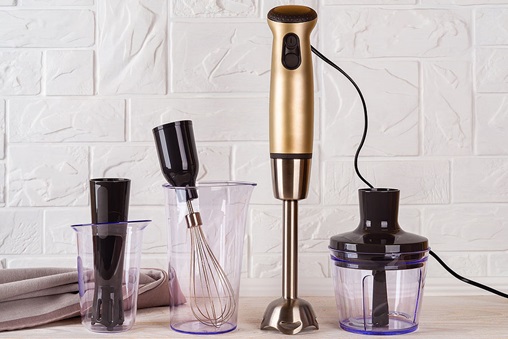
Pequeños electrodomésticos
Desenchufe los pequeños electrodomésticos y aparatos electrónicos, como cafeteras e impresoras, cuando no estén en uso. Estos artículos siguen consumiendo energía mientras estén enchufados.
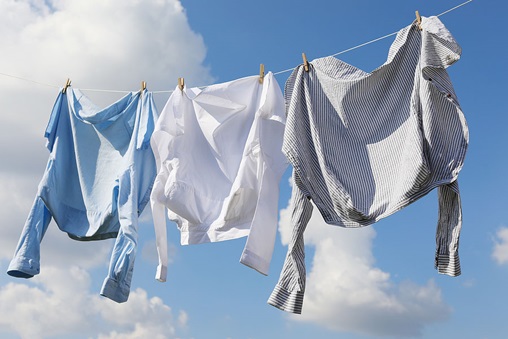
Cuelga la ropa
Cuelga la ropa para que se seque. Una secadora de ropa típica emplea hasta cuatro veces más energía que una secadora de ropa nueva. El secado colgante ahorra energía y reduce el desgaste de la ropa, lo que ayuda a que dure más.
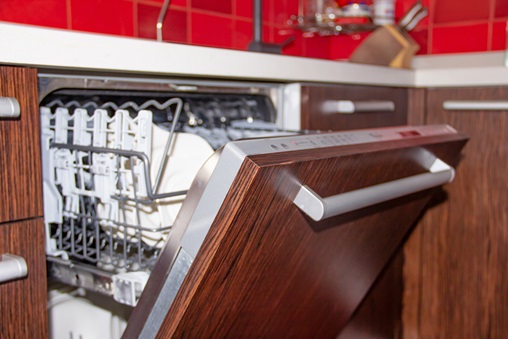
Lavavajillas
Su lavavajillas consume mucha energía, especialmente para calentar agua. Para reducir el uso de energía, haga funcionar solo cargas completas y deje que sus platos se sequen al aire. Para obtener ahorros adicionales, use la función de inicio diferido para hacer funcionar su lavavajillas entre la medianoche y el mediodía para aprovechar los precios de las horas pico del verano.
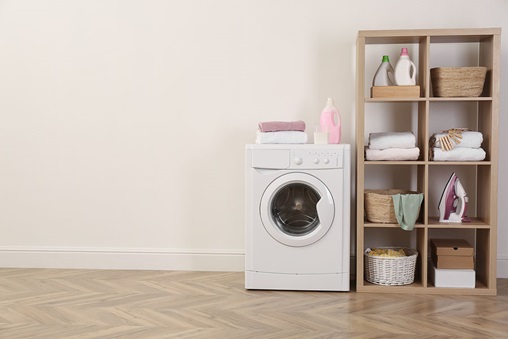
Temperatura de la lavadora
Alrededor del 90% de la energía consumida para lavar la ropa se emplea para calentar el agua. A menos que tu ropa tenga manchas de aceite, lavarla con agua fría o tibia la limpiará con la misma eficacia.
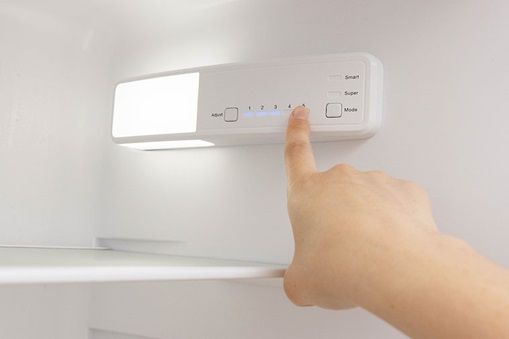
Temperatura del refrigerador
Pon tu refrigerador a 38 grados. En el hogar promedio, el refrigerador consume la mayor cantidad de energía de todos los electrodomésticos de cocina. Cerciorar de que su refrigerador no esté demasiado frío para minimizar los costos anuales.
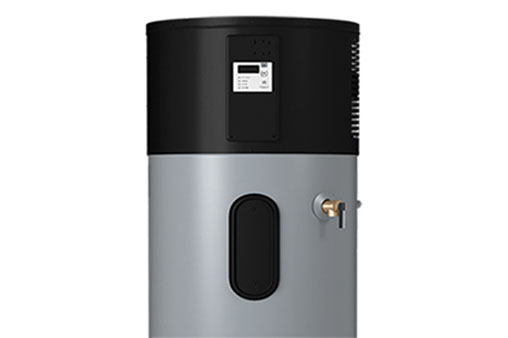
Calentador de agua con bomba de calor
Reduzca sus costos de energía con un nuevo calentador de agua con bomba de calor. Hay reembolsos y financiamiento disponibles.



